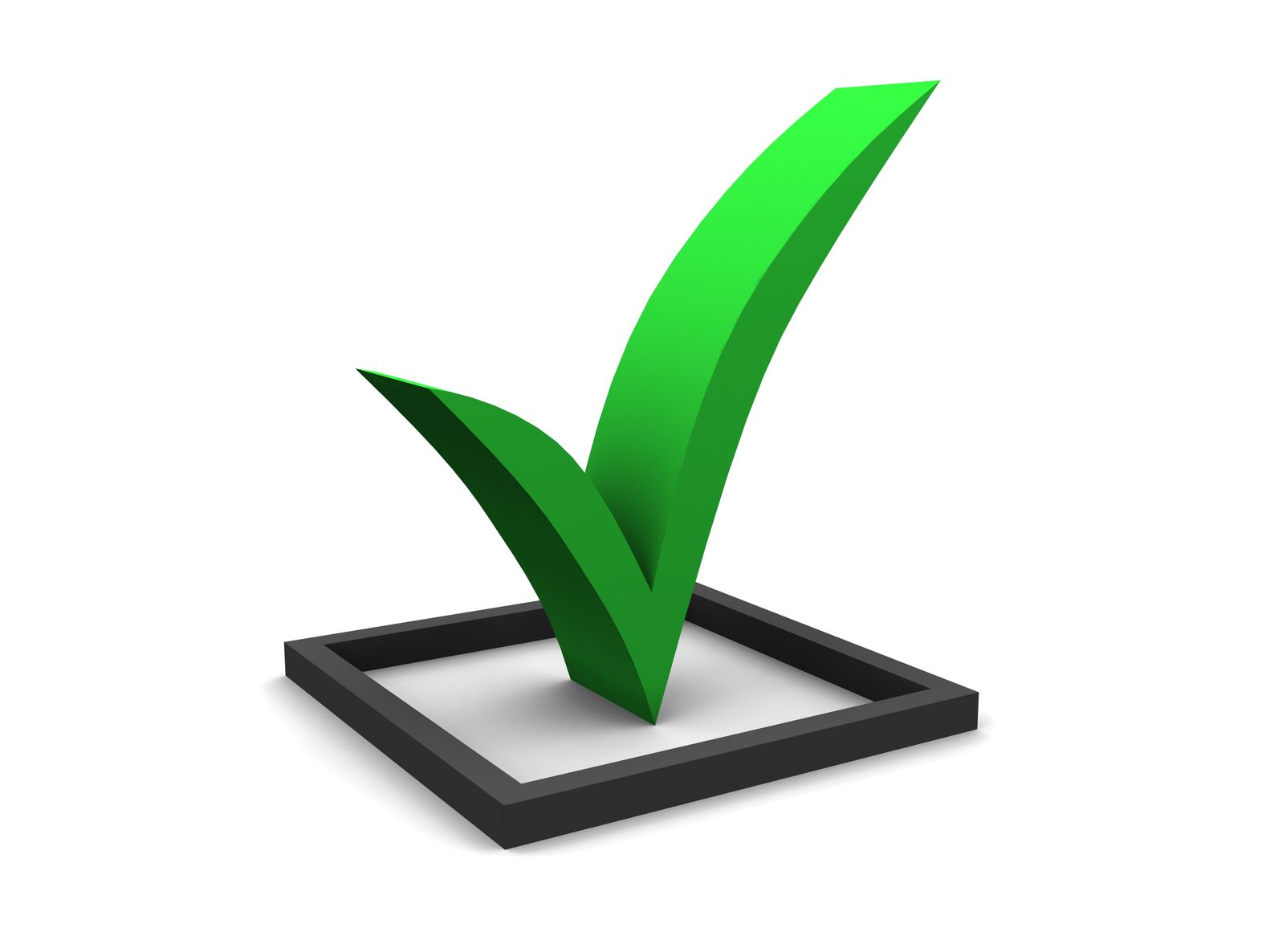
CRA stands for Community Reinvestment Act. It’s a federal law that applies to almost all banks in the United States, placing a unique duty on them to help lower-income neighborhoods and communities. For nonprofits serving these areas, CRA guidelines can be a great resource for understanding how and why a bank might be interested in supporting your projects or programs.
First Things First…
It’s important to remember that the CRA is a technical discipline and banks have to nurture numerous strategies, complex systems, competing interests, and relationships when managing their CRA duties. So developing a working knowledge of CRA terminology and requirements and talking with your banker about how to incorporate CRA into your activities are important first steps when getting started with CRA. Even if you already know your initiatives qualify, a casual assertion that your program will get the bank “CRA credits” or submitting a basic request to a bank for “CRA dollars” are not really appropriate and should at a minimum be supported by proper documentation and analysis. A particular detail or technicality may still end up preventing the project from qualifying for CRA credit when the bank is examined by their regulator. From a personal standpoint, it’s important to be professional and tactful when requesting donations, volunteers, or special products and services. Working with a professional consultant, bank officer, or third party service (like findCRA) can help you accomplish this. They’ll help you craft your request, prepare proper CRA documentation and analysis, and build relationships with interested bankers so you can get the support you need while focusing on serving your clients.
What Banks Need to Know (Generally)
Under the CRA, banks need to know specific information and statistics about a nonprofit’s activities. Geographic location and average income–along with literacy and poverty levels–are some of the first things banks consider when assessing the needs of a community and deciding whether to partner with an organization. By knowing this info in relation to your own activity or organization and providing it to banks upfront, during fundraising and development efforts, you’ll be able to connect and collaborate easier and faster with banks of all sizes. Banks will know right away whether you’re helping them meet the needs of the community and fulfill their CRA obligations. The extra effort you take in being clear and diligent from the outset will also help to build trust and confidence for future collaborations. Ultimately, you’ll receive more funding and support from banks and have a greater impact in your community.
Build CRA Into Your Strategic Plan
With the right approach, the CRA can be your blueprint for serving community needs faster, easier, and more successfully, and building your organization to its full potential through bank partnerships. At findCRA, we’re dedicated to helping nonprofits and other organizations achieve that goal. Register now or contact us to learn more or list your projects!